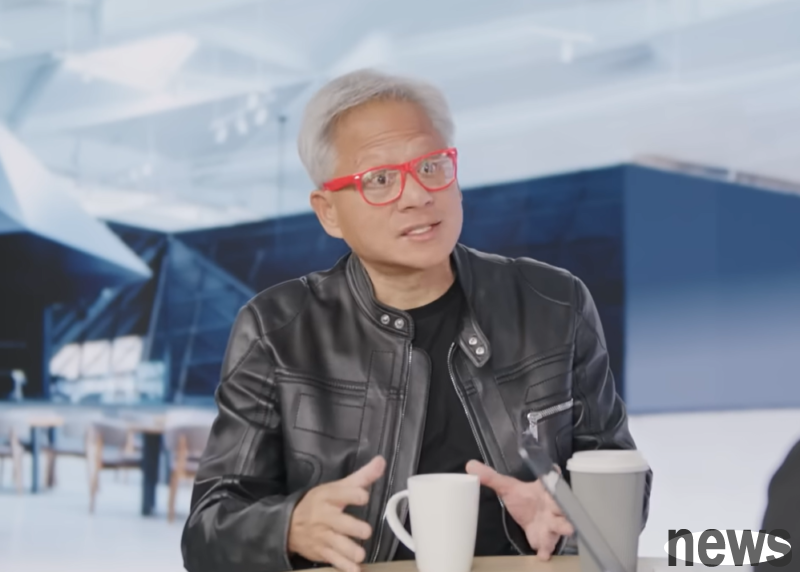
While the rapid development of the global artificial intelligence (AI) wave, Huang Rensheng, executive chief of GPU factory NVIDIA (NVIDIA), recently gave a comprehensive blueprint of AI's future development in a deep discussion, and bluntly stated that AI has gone from language model application to an ongoing industrial revolution. He predicted that the demand for AI reasoning will see an explosive growth of "1000 times", thereby reshaping the global technological ecology and economic landscape.
Huang Renshi pointed out that AI calculation is expanding from the past single-in-large model to three major laws, including pre-training, post-training and reasoning. Among them, reasoning has shifted from "one answer" to "thinking process", that is, before giving the answer, AI will conduct research, check the facts and continue to learn. This model has caused the calculation volume of each application to rise sharply, and coupled with the growth of the user quantity index, it has promoted the overall computing power demand to show a complex multiplication effect. He stressed that this is a train that won't stop, and the key is to jump on the car instead of trying to predict where it will open.
Discussing and industrial cooperation, Huang Renqiu bluntly stated that OpenAI is likely to become the next mega-dollar company. In addition to continuing to support cooperation such as Micro Azure, Oracle OCI and CoreWeave, NVIDIA's latest highlight is to directly assist OpenAI in establishing its own AI-based facilities. This large self-built data center can not only support internal needs, but can even provide external services if it has free space, making it like an AWS or Azure-like cloud platform. Huang Renjun described this as one of NVIDIA's most visible investments in the AI era.
As for the scale of the AI market, he gave a more generous forecast than Huaer Street. Based on the global GDP of about $50 trillion, based on human intelligence activities, if some of it is enhanced by AI, even if only $10 trillion is required to be supported by AI factories, annual capital expenditures may reach $5 trillion, far higher than the current market scale expectations of only $40 billion. He even rumored that NVIDIA is likely to become the first company to have a market capitalization of $10 trillion.
On the technical level, Huang Rensheng emphasized that Moer's law is dead, and in the future it will be accelerating calculation and AI calculation. He proposed that NVIDIA's key protection city is "extremely limited-educational design". It not only relies on the performance of the transistor, but also provides comprehensive optimizations in algorithms, models, systems and wafer layer. Taking the latest generation of Blackwell as an example, compared to Hopper, its efficiency is 30 times higher, which is expected by far the Maroon Law. He also pointed out that even if competitors such as Google TPU and Amazon Tranium reduce chip prices to zero, customers still find it difficult to abandon NVIDIA because NVIDIA can provide twice the Watt Token (WATT) performance in a data center environment with limited power supply, which is directly related to the cost of harvesting and opportunity.
Looking to the future, he believes that AI will be the biggest equalizer, because humans can operate their computers only through language, everyone will have AI partners like R2-D2, and even establish a healthy digital clone to help predict disease and prolong aging. AI will bring new work and new value instead of large-scale replacements to humans. Huang Renji concluded that wisdom is not a zero-sum game. The core meaning of AI is to expand human potential, and the challenge of society lies in how to grasp this wave of stock indexes.
